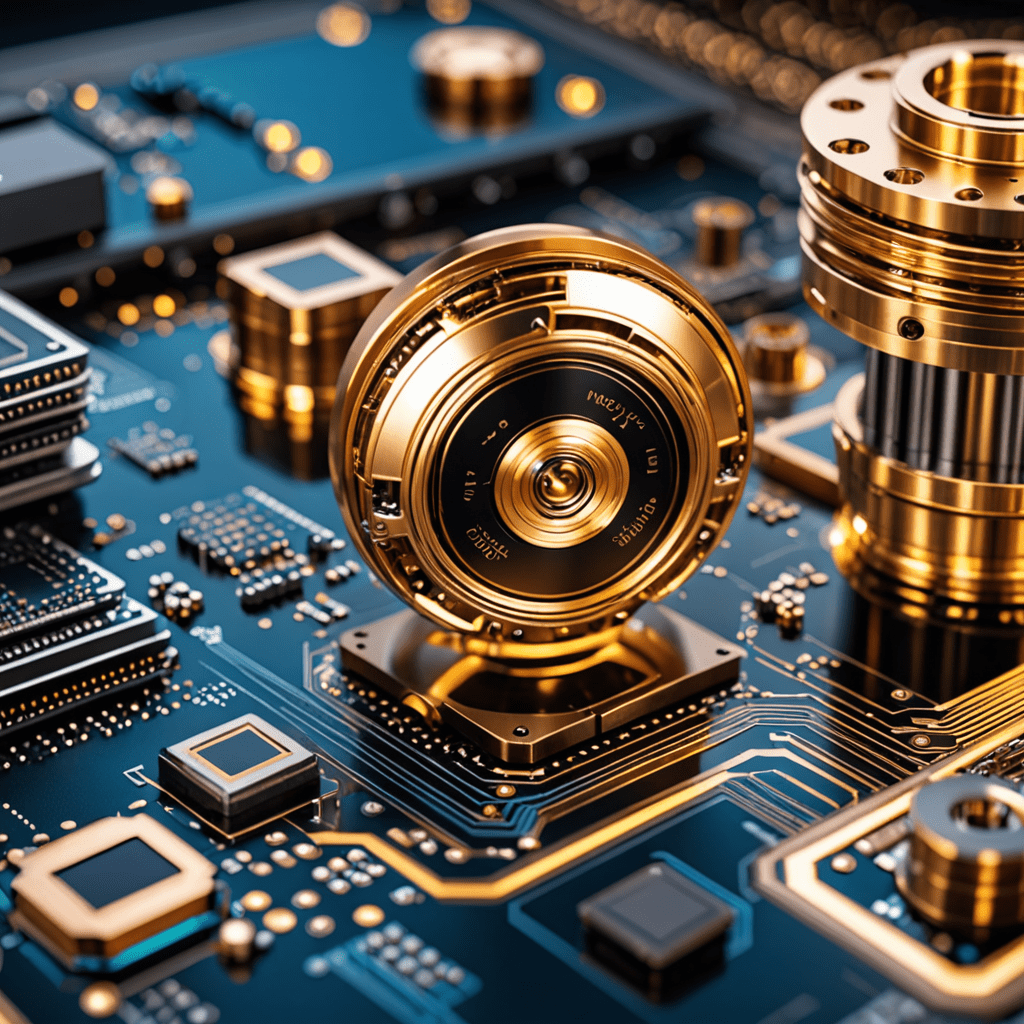
Nanotechnology in Flexible Electronics: Bendable Tech
Flexible electronics, powered by nanotechnology, has revolutionized the way we interact with technology. From bendable screens to wearable devices, the integration of nanotechnology in flexible electronics has opened up a world of possibilities.
The Role of Nanotechnology in Flexible Electronics
Nanotechnology involves manipulating materials at the molecular and atomic level. In flexible electronics, nanomaterials like carbon nanotubes and graphene are used to create components that can be bent, twisted, and folded without losing functionality.
Benefits of Flexible Electronics
One of the key advantages of flexible electronics is their durability. Unlike traditional rigid electronics, flexible devices are less prone to damage from drops or impacts. Additionally, flexibility allows for innovation in design and form factor, leading to sleeker and more ergonomic devices.
Applications of Bendable Tech
Flexible electronics find applications in various industries, including healthcare, consumer electronics, and aerospace. In healthcare, wearable sensors can monitor vital signs in real-time, while in consumer electronics, foldable smartphones offer a compact and versatile user experience.
Challenges in Nanotechnology for Flexible Electronics
While the potential of nanotechnology in flexible electronics is vast, there are challenges to overcome. Ensuring reliable connectivity, improving manufacturing processes, and scalability are some of the hurdles that researchers and engineers are working to address.
Future of Bendable Tech
As research and development in nanotechnology continue to advance, the future of flexible electronics looks promising. We can expect to see even more innovative and practical applications, from roll-up displays to wearable healthcare devices that seamlessly integrate into our daily lives.
Conclusion
Nanotechnology has paved the way for the evolution of flexible electronics, offering a glimpse into a future where technology seamlessly blends into our environment. With ongoing advancements and a focus on overcoming challenges, bendable tech is set to reshape the way we interact with electronic devices.
FAQs about Nanotechnology in Flexible Electronics: Bendable Tech
What is nanotechnology in flexible electronics?
Nanotechnology in flexible electronics refers to the use of nanoscale materials and structures in the development of electronic devices that can bend, stretch, or conform to irregular shapes. This technology enables the creation of lightweight, durable, and versatile electronics.
How does nanotechnology enable bendable tech?
Nanotechnology allows for the manipulation of materials at the nanoscale, leading to the development of flexible electronics. By designing and integrating nanomaterials such as nanowires, nanoparticles, and nanotubes, electronics can maintain functionality while being flexible.
What are the benefits of bendable tech using nanotechnology?
The incorporation of nanotechnology in flexible electronics offers numerous advantages, including enhanced durability, lightweight design, improved energy efficiency, and the ability to create innovative wearable devices, medical sensors, and foldable displays.
Can nanotechnology improve the performance of flexible electronics?
Yes, nanotechnology plays a crucial role in enhancing the performance of flexible electronics by enabling improved electrical conductivity, mechanical strength, and flexibility. This leads to more efficient and reliable electronic devices.


